The first smartwatches debuted in the 1990s, but they have mostly been a niche product. That’s changing. We’re now in the first generation of the smartwatch. For the first time, we have a smartwatch that is not only better than traditional watches, but better than PCs and smartphones too.
When you think of smartwatches, the first thing that comes to mind is most likely a rectangular device with a screen and a bunch of buttons. The first generation of smartwatches were far from being what people expected from the technology, which was more in line with fitness trackers than with smartphones. Over the years, smartwatches have evolved and today’s models offer many features that were previously only available on smartphones. This has made smartwatches a much more compelling product for consumers and businesses alike.
Smartwatches have come a long way since their invention a few decades ago. Originally intended as a fashion accessory, watches have evolved into miniature computers that can perform a wide range of functions. Some, like the Apple Watch and the Samsung Gear, have been optimized for fitness, while others, like the Pebble and the Moto G, have been built with a focus on notifications and style rather than function. Over the next decade, we expect to see smartwatches continue to evolve and improve in terms of both function and design.
Consider Microsoft’s debut of smartwatches alongside watch-making partners Suunto and Fossil in 2004. They were a flop and were taken off the market after only a few years.
LG Electronics surprised CES 2009 with the LG-GD910, the world’s first 3G touch wrist phone. The face of the LG watch phone was made of toughened glass. The Bluetooth-enabled watch phone allowed users to converse for two hours and made them appear like comic book hero Dick Tracy. It’s also water-resistant. The watch came with three mechanical keys that looked like conventional watch dials and keys and enabled you operate the phone and PDA functionalities.
But, aside from Pebble and Sony, not much has transpired in the smartwatch market since LG’s initial splash. Until Cook’s statements, which generated suspicion that not only Apple, but also Samsung, Google, LG, and even Microsoft, would release a smartwatch in the near future.
In this slideshow, CDN has assembled a list of some of the smartwatches of the past, present, and future.
Microsoft’s Smart Watch
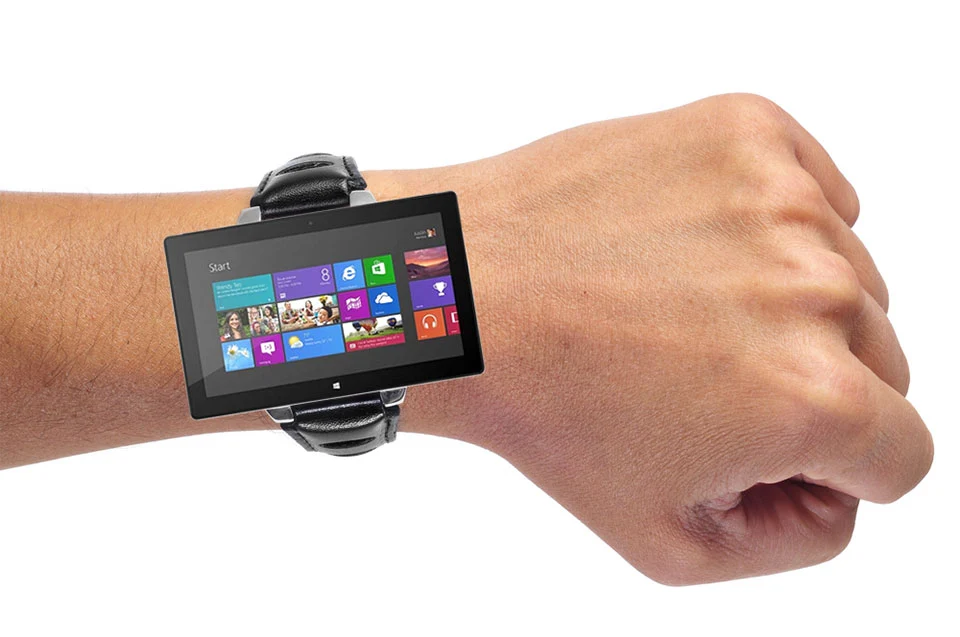
Microsoft is working on a smart watch that could give you notifications, let you make calls, and even control your smart home. The watch is a big bet for the company, which has struggled to catch up in the smart phone market. The watch is a major update to the Microsoft Band, which was one of the most hyped wearables of 2016. It was also one of the more disappointing products, failing to meet many of the high expectations set by the hype.
Back in 2004, when Microsoft unveiled its much-anticipated Smart Watch, the marketing cry was “move over Rolex, Timex, and even Palm.”
Microsoft Smart Watches, designed by Suunto and Fossil and compatible with MSN Direct (www.msndirect.com), are now available in Canada.
The Smart Watch included news, weather, calendar appointments, text messages, and up-to-day stock price information in addition to the time and date. The watch is also clever enough to adjust the time according to your location.
Microsoft Canada was seeking for more content suppliers for its MSN Direct service at the time. Part of the problem was that the service was only offered in Calgary, Edmonton, Hamilton, Kitchener, London, Montreal, Ottawa, Quebec City, Toronto, Vancouver, and Victoria, B.C.
According to Aaron Woodman, group program manager for Microsoft consumer strategy, the business attempted to collaborate with the CBC to deliver additional local content to the device, but nothing came of it.
The world of wearable technology is evolving rapidly. Companies like Apple and Fitbit have dominated the market for years, and now consumers are starting to see the benefits of more sophisticated wearable technology. One of the most exciting pieces of wearable tech on the market today is Microsoft’s Windows Smart Watch. This wearable tech brings the power of Windows to your wrist, allowing you to stay productive and connected while you’re on the go.
Watch Phone from LG
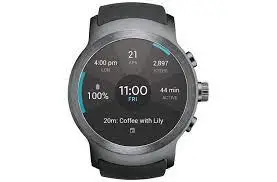
Today’s smartwatches are the stuff of science fiction. They can tell the time, perform text messages, and even make phone calls. But the first smartwatch was nothing like today’s wearables. The first smartwatches were essentially glorified wrist watches, with little more than a display and a handful of basic functions.
At CES 2009, LG Electronics presented the LG-GD910, the world’s first 3G touch wrist phone.
With a tempered glass face, the watch looked excellent, but it was too huge and thick at 61 x 39 x 13.9mm and 84g.
Only two hours of conversation time were available on the Bluetooth watch phone. It was waterproof and had three mechanical keys for using the phone and PDA functions. Those keys resemble traditional watch dials and keys.
These three keys are identical to those found on any other smart phone available. Ending a call is the top key, canceling or returning is the middle key, and receiving or talking is the bottom key. If you keep
LG claims that customers will utilize the Bluetooth headset to use the watch phone’s calling and music functionalities, however this is not required.
The watch itself came with either a traditional clock face or a digital numeric display.
The LG G Watch was the first smartwatch to be commercially available when it hit store shelves in early 2015. Unlike most other smartwatches on the market at the time, the G Watch was designed to look like a traditional watch, not a smartphone on your wrist. This gave it a unique look that was both fashionable and stylish, even if it lacked some of the functionality of more modern smartwatches. The biggest draw of the G Watch was its circular display, which looked better than the rectangular screens of other watches on the market at the time.
The Sony smartwatch comes in a variety of colors
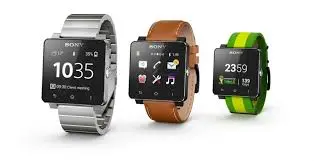
Sony is attempting to address the elegance issue with smartwatches by providing a digital or analog interface option. Sony’s goal is to give users a variety of color and wrist strap options. For example, the wrist strap may be removed and replaced with any other 20 mm wrist strap.
The Sony smartwatch is also unique in that it can connect to any Android phone and display Twitter feeds. The corporation is also targeting consumers who live an active lifestyle, and has created specific exercise and music-playing apps for them on Google Play.
The timepiece is more than just glitter. It’s also practical. You can navigate menu items by tapping or swiping on a three-level mini display. When a call or message comes in, the smartwatch vibrates and works as an Android remote.
The Apple iWatch
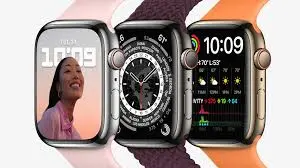
The iWatch is the next big thing in consumer technology. It’s expected to be the first wearable device that can actually rival smartphones in terms of functionality and capability. The iWatch will likely function as a fitness tracker, phone, and maybe even a small computer. It will likely have a screen that is larger than the current smartphone screen, which is usually around four inches.
Apple Watch is a smartwatch line developed by Apple Inc. It connects with iOS and other Apple goods and services, and includes fitness monitoring, health-oriented functions, and wireless connectivity.
The Apple Watch was debuted in April 2015 and immediately became the best-selling wearable device: 4.2 million units were sold in the second quarter of fiscal 2015, and by December 2020, more than 100 million individuals were expected to own an Apple Watch.
Every September, Apple releases new Apple Watch generations with upgraded internal components. each designated as a ‘Series’ by Apple, with certain exceptions.
Features of iWatch
The following are the specifications and details of Apple’s new gadget:
- Apple Watch Edition, Apple Watch Sport, and Apple Watch will be available in three different variants. There are two sizes available for women and men: 38mm and 42mm. Users will have access to six different types of straps in a variety of colors and shiny finishes.
- Silver Aluminium, Stainless Steel, 18-Karat Rose Gold, 18-Karat Gold, Space Gray Aluminium, and Space Gray Stainless Steel are the finish materials.
- On one side of the watch is a specifically designed Digital Crown. It’s a dial that rotates in and out of the iWatch Apps. This will assist you in efficiently moving through the numerous menus.
- It comes with “force sensitivity” technology, which allows users to execute various tasks on the screen with varied levels of tension.
- The square-faced smart watch has rounded sides. There is only one button to press, and the construction is uninterrupted. This device’s data transfer and charging are both totally wireless.
- The back panel is equipped with sensors that the health applications can use. Magnets are included to aid in the proper connection of the watch to the Meg safe Wireless Charger.
- The display is composed of Sapphire Glass and all of the models are water resistant.
Apple’s first attempt at a smartwatch came in 2014 with the Apple Watch. It was an instant hit, with sales of more than 10 million units in its first 3 months. Apple has since sold 100 million watches.
Smartwatches or Google Glass
When you think of a watch, you probably think of a traditional timepiece with a face and hands, maybe a date or time display, and a few other features. Perhaps you have even thought of a smart watch as a “wearable computer” or as a device to make phone calls, send text messages, and access the Internet. But for many, the first time they used a smart watch was when they strapped on a pair of Google Glass. The wearable computer that has captured the imaginations of many is now being captured by the watch industry.
The wearable technology market is still in its early stages, with expected revenues of $8 billion in 2013. Revenue from these new devices is expected to reach $20 billion by 2017.
Take, for example, health monitoring and fitness gadgets. In the wearable technology industry, they account for the great majority of revenue. Why? Because the devices’ capability is pretty astounding. Most can monitor your exercises, track your activities, and even assess the quality of your sleep. Furthermore, these fitness devices provide convenient technology that appeals to a health-conscious audience.
Smartwatches
Smartwatches, on the other hand, have remained a perplexing wardrobe addition to until. Consider the Samsung Galaxy Gear, which was just revealed. While well-designed, it lacks differentiating features to justify the $300 price tag, let alone the inconvenience of having to charge another gadget.
Gear is inextricably linked to Samsung’s Galaxy smartphone range. In fact, if you want your Gear to be more than a nice watch, you’ll need to utilize a Galaxy phone. People are wearing watches less these days, ironically, because cellphones deliver the time – wherever in the globe — and much more.
Although Gear may get push alerts, make phone calls, record conversations, display the weather, and, of course, show the clock, you must still go to your phone to view a Gmail message or a Facebook notification. As a result, the Gear is less than a smartphone with a smaller screen. Everything you can accomplish on Gear can be done better on your phone.
The smartwatch’s smaller size should appeal to consumers, but slimline smartphones are already compact and easy to use. To be honest, some acts, such as shooting pictures with Gear, are pretty awkward. To capture a low-quality image, you must contort your wrist, which is then synced with — surprise! — your phone.
Google Glass
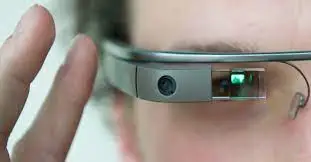
Despite similar criticism, I considered Google Glass as a legitimate contender in the wearable industry. Many people still think of Glass as a geeky technology, but I see it as a hands-free device that has the ability to enhance our daily lives with information and apps that can be activated with simple voice commands. Indeed, outstanding features like voice-activated calendaring and directions continue to improve the functioning of Glass. Glass, on the other hand, need more uses before it is worth the $1,500 asking price.
Smartwatches, like Glass, will only improve when new applications are released. The availability of apps determines whether a platform will live or die. Sure, the iPhone was sleek and looked like nothing we’d ever seen before, but the device’s true utility came from the apps it offered. And it grew as a result of the App Store.
Regardless of whether wearable tech pioneers generate any mind scratching, these companies should be commended for taking chances and thinking outside the box. Smartwatches and smart Glasses are an outgrowth of one of the most significant technological breakthroughs in recent decades: mobile computing.
The way we work, play, and socialize has all altered as a result of mobile computing. It has benefited society in a variety of ways. Mobile has opened up new markets, increased company revenues, provided jobs for millions of people, and made our lives easier and more fun. As a result, improving mobile computing as we know it now is no easy undertaking.
The Chinese smartwatch market is the largest in the world
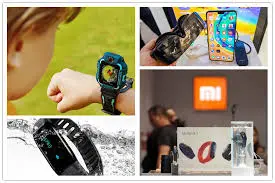
China’s Smartwatch Market: Annual smartwatch sales have now reached 5.2 billion
The Chinese smartwatch market is the largest in the world. Smartwatch sales have now surpassed 5.2 billion RMB per year. For market participants, rivalry between different brands is becoming increasingly fierce. In the first few years after the smartwatch’s introduction, the number of brands in this industry increased from 20 to 47 in 2014. Samsung, Apple, and Motorola are the primary players in 2014. In 2014, the number of distinct products jumped from 38 to 78 smartwatches. Customers choose smartwatches with a screen size of 1.6 to 2 inches. In 2014, these accounted for 64% of smartwatch sales. The smartwatch reached a tipping point in 2015. In comparison to the previous year, the shipping volume jumped fourfold.
This is due to a number of factors. Over the previous three years, the smart band has prepared the way for smartwatches. Because consumers enjoy smart bands, they are more willing to attempt smartwatches. Consumers demand tools that capture data on sleep and sports, according to companies. Second, corporations use crowdsourcing to gauge consumer interest in a product ahead of time. Firms determine whether or not to build the product after crowdsourcing. Crowdsourcing lowers the chances of a failing product and lost investment. Finally, large corporations such as Samsung, Apple, and HUAWEI have emerged as important players in the smartwatch sector, significantly increasing their investment.
Forecast for the Chinese smartwatch market
Experts believe that China’s smartwatch market will continue to expand rapidly. Although the smartwatch market in China has potential, it is still an emerging business that requires time to mature and reach a plateau. In 2014, for example, the number of smartwatch-related products on the market increased. However, sales dropped significantly in April and May of 2014. Experts predict that the smartwatch market will continue to expand. In 2018, it is estimated to reach 56.7 billion RMB. Manufacturers are expected to ship 485 million wearable gadgets, according to Allied Business Intelligence (ABI). According to ABI, 87 percent of them will be wrist-worn gadgets like smartwatches and smart bands.
In the future, China’s smartwatch market will be more technologically advanced. Firms may, for example, develop a more powerful smartwatch operating system that can accommodate more data and connect more gadgets. Some firms are working on sensor technologies that can collect data such as a person’s pulse or sleeping quality with pinpoint accuracy. Other businesses are attempting to boost battery capacity. Retailers of smartwatches are likewise concentrating on better targeting customers. Smartwatches are aiming to become fashionable in a variety of market categories.
Because of the growing number of the aged population and the predicted growth of children following the relaxation of the one-child policy, businesses are focusing their efforts on the young and elderly. Health care practitioners may utilize smart watches to track illnesses and medical issues in these populations since they have poorer health. Experts also predict that the Chinese smartwatch market will begin a phase of rapid growth in the coming years.
summary
Rying on a smartwatch for the first time is an experience like no other. You don’t just look at the watch. You feel it. You touch it.
Ravelling the world is easier than ever, but the best part is that you don’t have to leave your phone behind. The best smartwatches are now compatible with your smartphone, so you can receive texts, calls, and notifications on your wrist without having to remove your phone. This means that you’re never too far from your friends or family, and you can even reply to messages without taking your phone out of your pocket. Smartwatches also have incredible battery life, so you can wear them all day without worrying about needing to charge them.


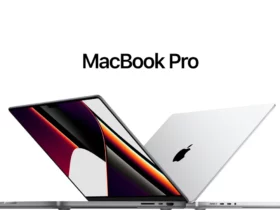




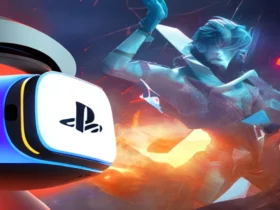



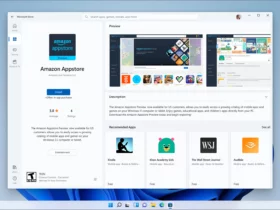
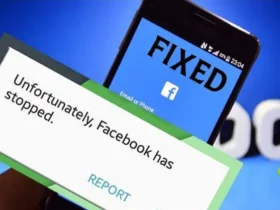
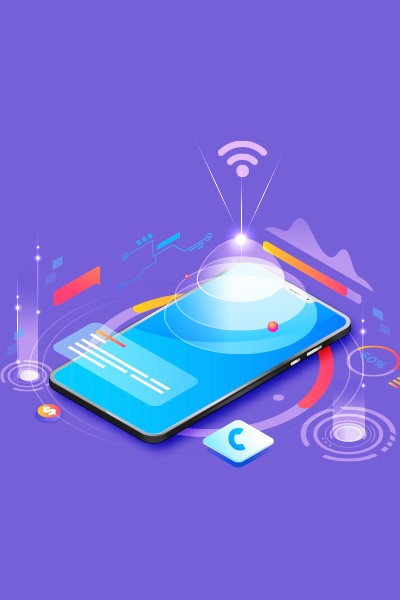
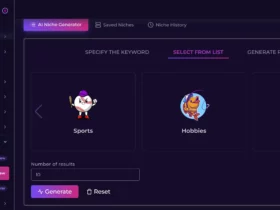

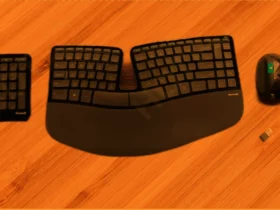



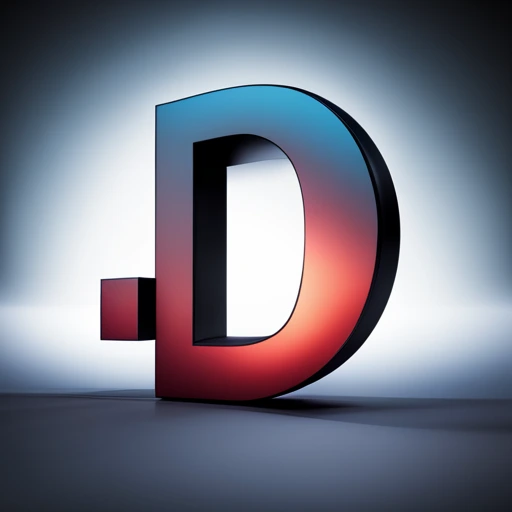



Find Us on Socials